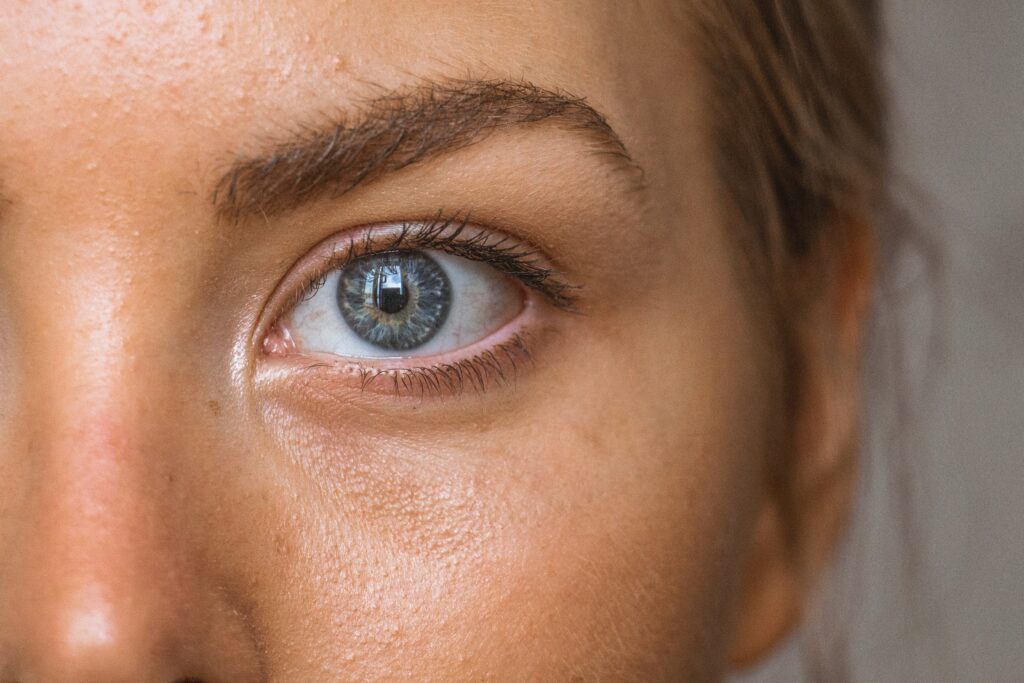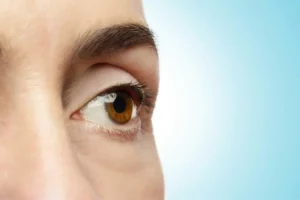Home » What are Implantable Collamer Lens
What is the difference between SMILE and LASIK surgery

What is the difference between SMILE and LASIK surgery?
SMILE and LASIK are two common surgical procedures used to correct vision problems such as nearsightedness, farsightedness, and astigmatism. Both procedures use laser technology to reshape the cornea and correct refractive errors, but there are several key differences between the two. In this article, we will explore the differences between Smile and LASIK, and help you determine which procedure may be best for you.
Table of Contents
What is LASIK?
LASIK (Laser-Assisted In Situ Keratomileusis) is a more established type of refractive eye surgery that used to correct common vision problems such as myopia (nearsightedness), hyperopia (farsightedness), and astigmatism (. The goal of LASIK is to reduce or eliminate a person’s dependence on glasses or contact lenses. This involves involves creating a corneal flap using a femtosecond laser. The surgeon then lifts the corneal flap to expose the corneal tissue. Using an excimer laser, the exposed corneal tissue is reshaped. This laser removes microscopic amounts of tissue in a precise pattern to alter the curvature of the cornea and correct the refractive error. The flap is then re-positioned which heals on its own without the need for sutures. The reshaped cornea allows light entering the eye to be more accurately focused on the retina, leading to clearer vision.

Differences between SMILE and LASIK Surgeries
1. No Corneal Flap with SMILE: One of the main differences between SMILE and LASIK is the method of corneal reshaping. SMILE is a flapless procedure that does not require the creation of a corneal flap, which can result in fewer side effects such as dry eye and halos. This is because fewer corneal nerves are disrupted in SMILE due to the lack of flap. LASIK, on the other hand, involves creating a corneal flap, which can result in temporary side effects such as dryness and halos, although these usually resolve within a few days or weeks following the procedure.
2. Smaller Incision in SMILE: Another difference between the two procedures is the size of the incision. SMILE requires a smaller incision than LASIK, which can result in quicker visual recovery and less disruption to the corneal nerves. LASIK, on the other hand, requires a larger incision, which can result in a longer visual recovery time, but also offers the ability to correct higher-order aberrations and achieve better visual outcomes.
3. Different Laser Used: The type of laser used in each procedure is also different. SMILE uses a femtosecond laser, which is considered to be more precise than the excimer laser used in LASIK. The femtosecond laser is also used to create the small incision in the cornea, which can result in less corneal tissue damage than the microkeratome used in LASIK.
4. Range of Correction: SMILE can correct refractions from -1 up to -10 whereas with LASIK it is only up to -6.5. Unfortunately, SMILE cannot correct hyperopia (farsightedness) whereas LASIK can.
5. Cost: In terms of cost, SMILE and LASIK are similar in price, with some clinics charging slightly more for SMILE due to the newer technology and smaller patient pool. However, the cost of either procedure will depend on the specific clinic, the type of laser used, and the complexity of the patient’s vision correction needs.
6. Faster Recovery Time with SMILE: Finally, the recovery time for each procedure is different. SMILE patients typically experience quicker visual recovery times than LASIK patients, with most patients seeing significant improvements within 24 hours of the procedure. LASIK patients, on the other hand, may experience longer visual recovery times, with most patients seeing significant improvements within a few days to a week following the procedure.
For NYC Patients
Conclusion
So, which procedure is better? The answer to this question depends on the individual patient’s specific needs and goals. SMILE is a good option for patients with thin corneas or dry eye symptoms, as it is a flapless procedure that results in fewer side effects. LASIK is a good option for patients who require correction for higher-order aberrations or have larger pupils, as it can offer better visual outcomes and the ability to correct more complex vision problems.
It is important to consult with a qualified ophthalmologist or eye surgeon to determine which procedure is best for you. Your eyecare professional can perform a comprehensive eye exam, discuss your vision correction goals, and evaluate any pre-existing eye conditions that may impact the success of the procedure. They can also discuss any potential risks and side effects associated with each procedure and help you make an informed decision about which procedure is right for you.
In conclusion, SMILE and LASIK are both effective laser vision correction procedures that can correct refractive errors and improve vision. The key differences between the two procedures include the method of corneal reshaping, the size of the incision, the type of laser used, cost, and recovery time. Ultimately, the best procedure for you will depend on your specific needs and goals.

IPL & RF Therapy for Dry Eyes: A Modern Solution to Long-Term Relief
Our eyes need tears to stay healthy and comfortable. If your eyes do not produce enough tears, it is

What is IPL Treatment for Dry Eyes?
What Is IPL Treatment? Photorejuvenation therapy or more commonly know as Intense Pulsed Light treatment (IPL) is a light
Intense Pulsed Light for Dry Eye
What Is IPL for Dry Eye? Intense Pulsed Light Therapy (IPL) is a quick and painless therapeutic light treatment





